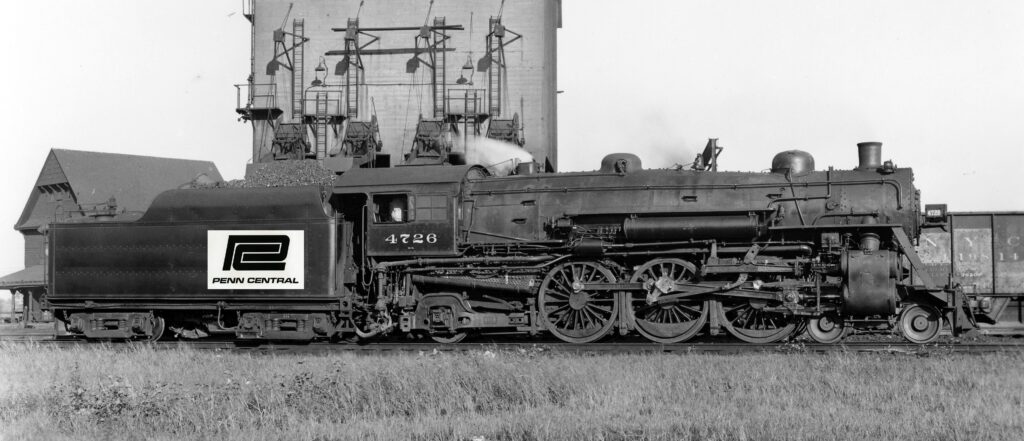The great divide between tin-plate “toy trains” and scale model railroading commenced in the early 1930s and had firmly galvanized by 1950, with true scale being the champion winner. The lone wolf that effectively spoke to each sector was Frank Ellison, writer for Model Builder Magazine, who spearheaded efforts to add scale realism to tinplate railroad equipment and layouts. Ellison’s tolerant and supportive perspective eventually lost out since there seemed to be little middle ground between the two warring sectors in the generation that followed. The drive for “true scale trains” had a great following, with mass-produced HO gaining wider acceptance and scale 2-rail O scale finding greater favor. Still, both popular scales were an expensive pursuit for most households and were less than user-friendly since much challenging kit-building was required.
Early in the scale movement, owners and operators of all scales had few off-the-shelf, accurate prototypes to choose from, so it was “accepted practice” to see widely available models such as a PRR B6sb steam switcher lettered for the Southern Pacific, a NYC Hudson lettered for the Rock Island, and so on; ditto for rolling stock. High-end, discriminating model railroaders, who had the talent to scratch-build and/or the money to settle for nothing but the best and most accurate, looked at equipment that was road-specific but painted and lettered incorrectly, and accordingly branded those models “No-Such”. Many hobbyists left a Friday night operating session with the boys deflated after their buddies dissed their scratch-built 2-8-8-4, crafted to exacting proportions but with added non-standard, customized detail, as a No-Such since the model was also painted dark green and lettered for the owner’s personal line, such as the “American Central”. Still, ours is a hobby where freedom to be creative and build your dreams prevails.
That emotion, coupled with public demand, was not lost on the venerable Wm. K. Walthers Company, who “took it on the chin” for expanding and defending that concept half a century ago. In September of 1970, an irate reader of Model Railroader Magazine, considered to be the pillar of accuracy in model railroading, stated that MR printed a fraudulent ad, claiming that an advertiser within their pages made a pitch for a new product that was in fact a No-Such. Walthers instantly became the lightning rod for controversy since they recently introduced and advertised decal sets for steam locomotives in then-popular merger names: Great Northern “Big Blue Sky”, Penn Central, Seaboard Coastline, and Burlington Northern. The company reasoned that had the merger mania occurred a decade or so earlier, steam locomotives could have in fact been lettered for merged companies. More to the point, Walthers was being responsive to model railroaders who wanted the freedom to be creative by lettering steam locomotives for the newly merged railroads. The battle was intense and played out in the pages of MR for over eight months. A truce was achieved in the May 1971 issue, and the results were: 186 supported Walthers’ position, 32 said the ad was not fraudulent but was misleading, and 10 said it was fraudulent.
Today we embrace creativity and acknowledge the wider acceptance of that in our hobby and prototypes too that display Fantasy paint schemes. MTS takes delight in seeing new releases of such models and believes those efforts speak well for the future of our hobby. So, if you see a new release of a Southern Pacific cab-forward painted in the Daylight scheme, a PRR T-1 painted Tuscan red, or similar creative treatments for other railroads, make MTS your first stop, for we assure you, we will do our best to make your fantasy come true!
Frank Wrabel
ModelTrainStuff.com
The post No-Such Turned Fantasy first appeared on ModelTrainStuff Blog.
The post No-Such Turned Fantasy appeared first on ModelTrainStuff Blog.



